15 Signs Your Pet Is Truly Happy And Healthy
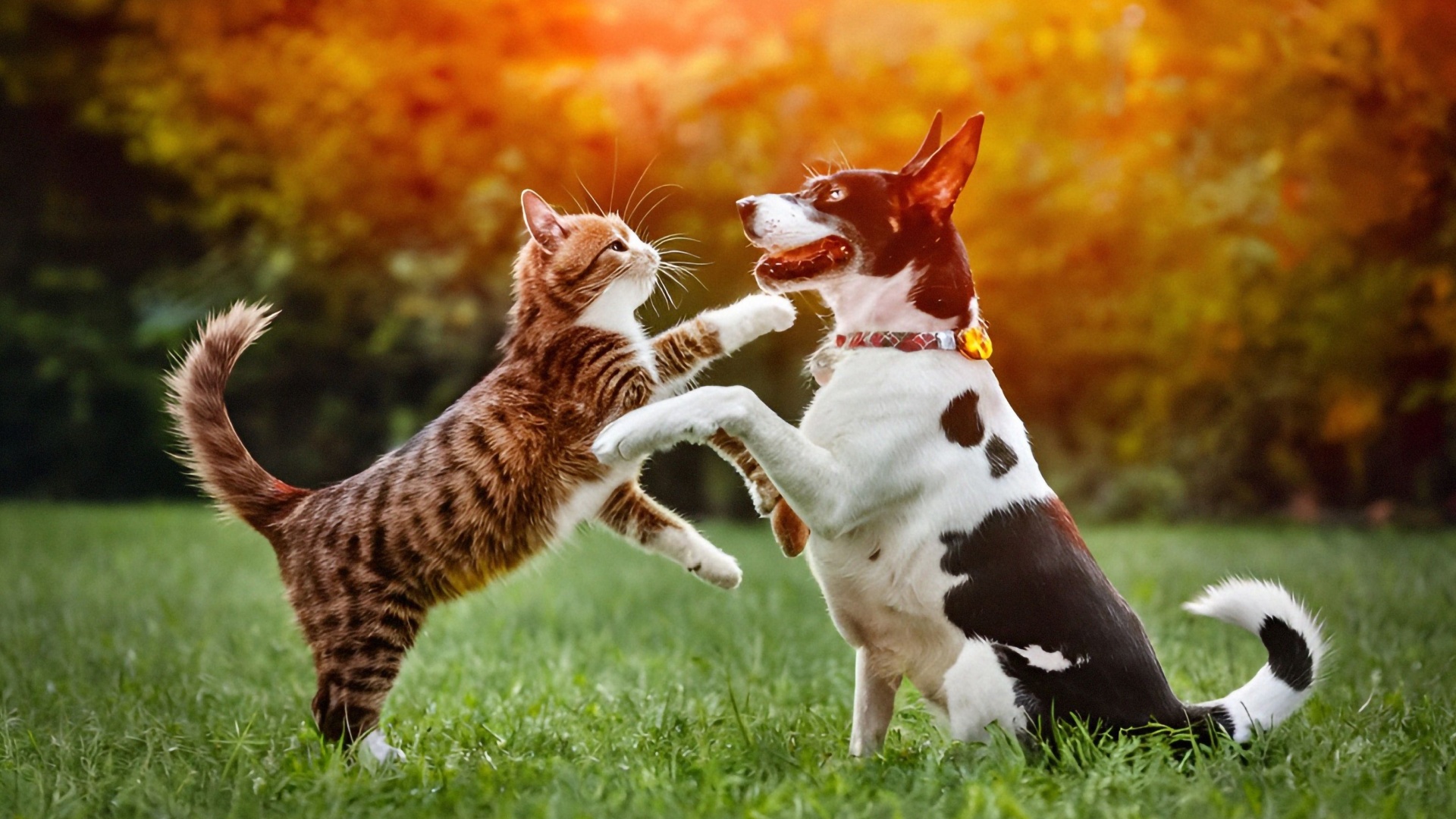
Ever wonder if your pet is as happy as they make you?
Our furry friends may not speak our language, but they have plenty of ways to show pure joy and contentment! From playful zoomies to slow, satisfied blinks, your pet is constantly giving you clues about their happiness.
Ready to decode their secret signals? Here are the top signs your pet is truly happy and thriving!
1. Wagging Tails and Purring Engines
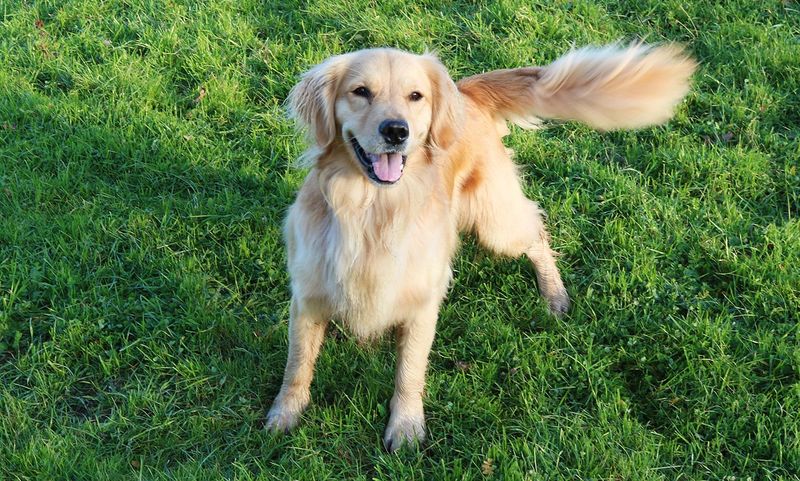
If you’ve ever seen a dog’s tail wagging like it’s powered by a jet engine, you know the sheer joy it embodies. This isn’t just a reflex; it’s a genuine sign of excitement and happiness. Dogs use their tails to communicate, and a wag often signals a friendly greeting or deep contentment. Similarly, a cat’s purr is the feline equivalent of a happy whistle. When a cat purrs, it’s often a sign that they’re relaxed and comfortable, basking in the warmth of your affection.
Next time your dog wags its tail or your cat purrs, give yourself a pat on the back. It’s a testament to the loving environment you’ve created. Happy pets, whether they’re wagging or purring, are usually healthy ones. So, keep those tails wagging and purrs coming. To further ensure your pet’s happiness, pay attention to their preferences. Dogs may wag differently based on emotions, and cats may vary their purring depending on their mood. Understanding these subtle cues can deepen your bond and enhance their well-being.
2. Bright Eyes and Wet Noses
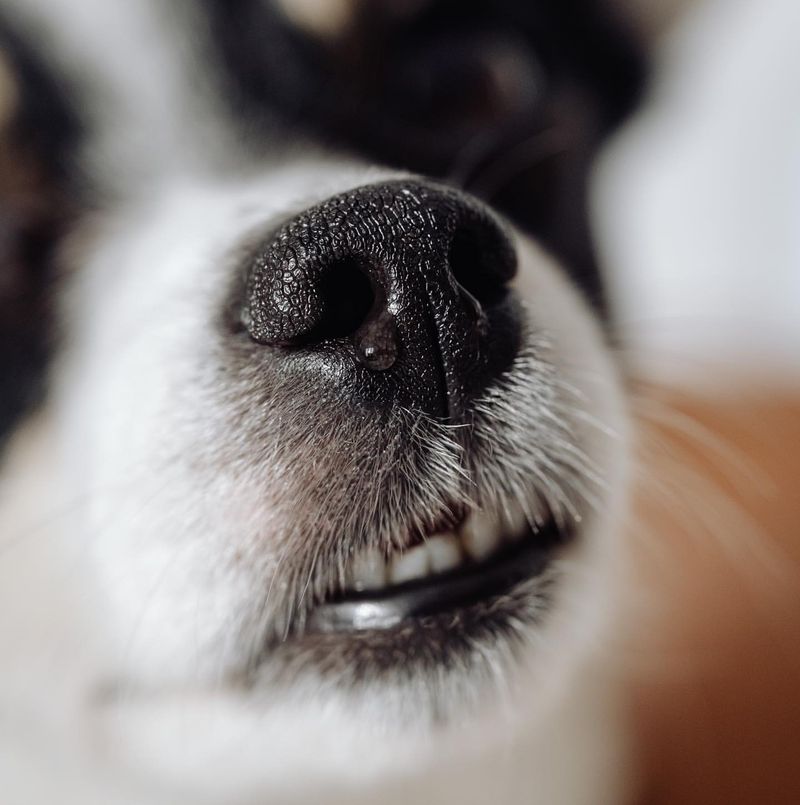
Gaze into the eyes of your beloved pet, and what do you see? Bright eyes are often windows to a healthy soul. Whether it’s a dog, cat, or even a rabbit, sparkling eyes are a sign of vitality and interest in the world around them. A wet nose on a dog is equally telling, often indicating a well-hydrated and healthy pooch.
On the other paw, dull eyes or a dry nose might suggest something is amiss. Regular check-ups with the vet can help keep those eyes shining and noses moist. Maintaining a balanced diet and ensuring they receive enough exercise will also go a long way in preserving this sign of health and happiness.
So, next time your pet looks at you with those clear, bright eyes, know that it’s a reflection of their inner happiness and well-being. Keep fostering an environment that encourages such positive health, and your pet will continue to brighten your life with every glance. Remember, a happy pet is a feast for the eyes, and their sparkle is contagious.
3. Playful Antics and Zoomies
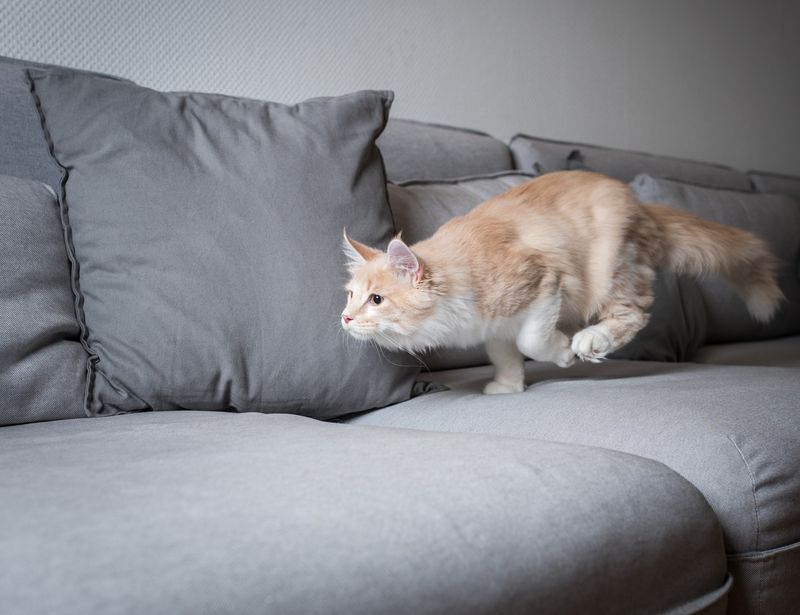
Nothing says “I’m happy” quite like a pet’s playful antics. Whether it’s a cat chasing an imaginary foe or a dog indulging in a bout of zoomies, play is a universal language of joy. These bursts of energy are more than just exercise; they’re expressions of happiness and mental stimulation.
Engaging your pet in regular playtime can strengthen your bond and keep them physically fit. Toys, games, and interactive activities stimulate their minds and bodies. For dogs, a game of fetch or tug-of-war can be exhilarating. Cats might prefer feather toys or laser pointers for a dash of excitement.
Don’t forget to join in on the fun! Your participation can make playtime even more enjoyable for your pet. Plus, it’s a great way for you to unwind too. Keep observing what activities make your pet happiest and incorporate them into your routine. A playful pet is a happy pet, indeed. So, let the zoomies commence and the yarn balls fly!
4. Healthy Appetite and Enthusiastic Eating
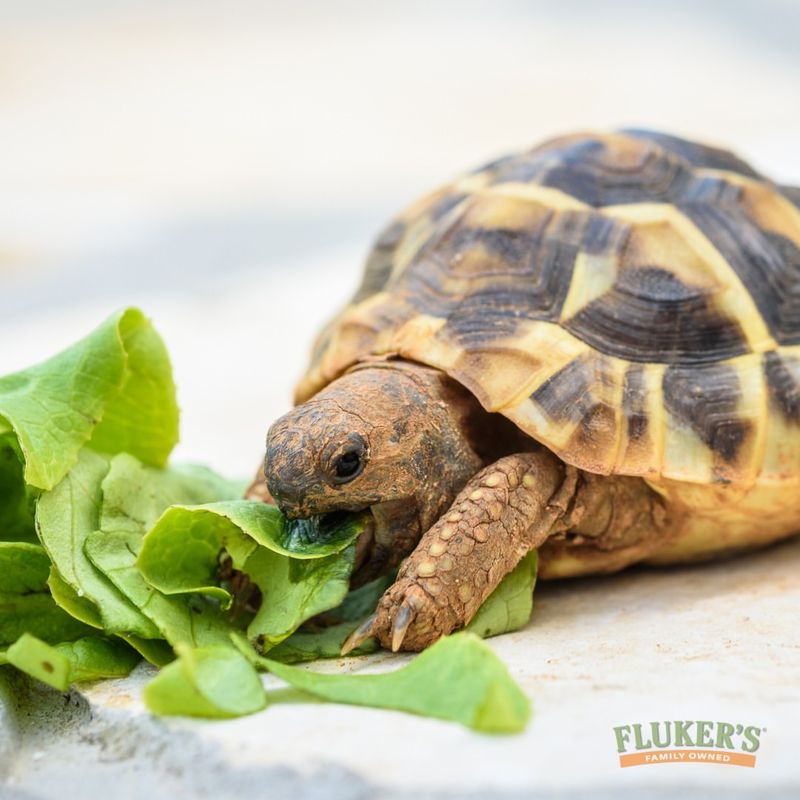
An enthusiastic eater is often a happy pet. If your furry friend trots over to their food bowl with gusto, it’s likely they’re in good spirits. A healthy appetite indicates not just happiness but also proper nutrition and metabolism.
However, be wary of changes in their eating habits. A sudden loss of appetite or binge eating might signal underlying issues requiring attention. Regularly monitor their diet, ensuring it meets their nutritional needs and consult a vet if any concerns arise.
Be mindful of portion sizes and treat allowances to prevent obesity. Sharing the table scraps may seem loving, but balanced pet food is usually the better option. Celebrate their joy in eating by occasionally introducing new flavors or treats that align with their dietary needs. A happy eater is a healthy eater, and that wagging tail or satisfied purr post-meal is a sign of true contentment. Remember, the way to a pet’s heart is sometimes through their stomach – just keep it nutritious!
5. Friendly Interactions with Humans and Other Animals
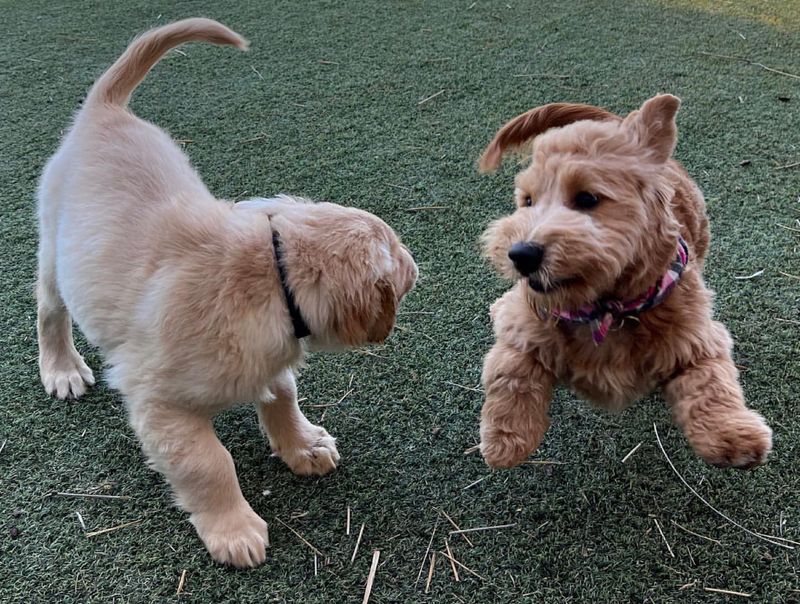
Pets that enjoy social interactions are usually content and confident in their environment. Whether they’re making friends at the dog park or snuggling with you on the couch, these friendly behaviors indicate a well-adjusted and happy animal.
Observing your pet’s social skills can reveal a lot about their happiness. A dog that plays well with others or a cat that welcomes guests into its space is showing signs of a stable and positive mindset. Ensure your pet’s social interactions are positive by providing guidance and supervision.
Socialization should start early, but it’s never too late to encourage friendly behavior. Training classes, social meet-ups, or simple playdates can enhance these skills. Remember, a pet that enjoys company is often a happy one, thriving on love and companionship. Keep fostering these interactions, and your pet will continue to bloom both socially and emotionally.
6. Comfortable Sleep Patterns and Resting Positions
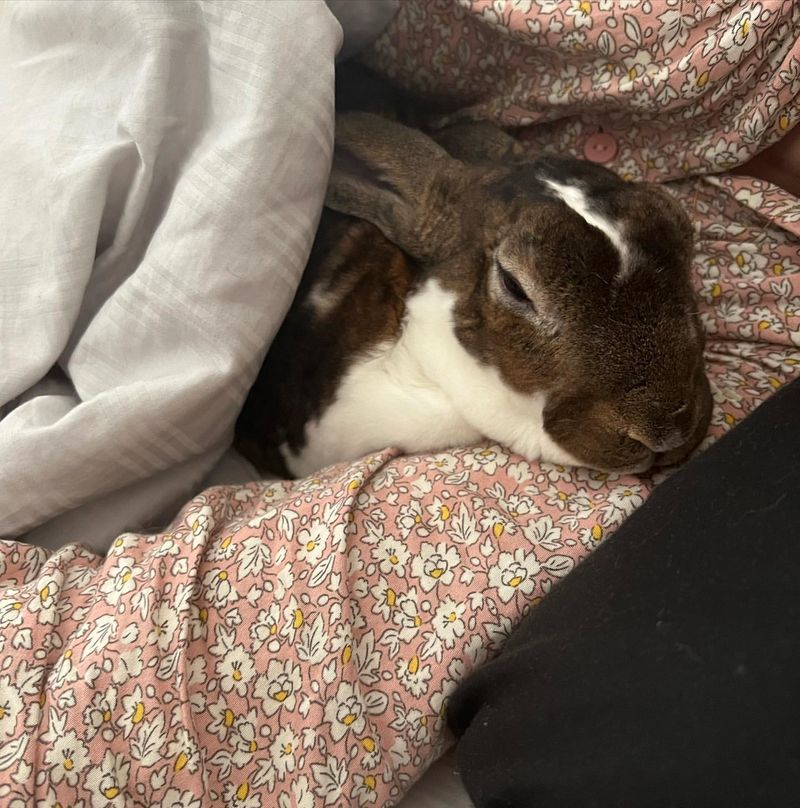
If your pet sleeps like a log and snoozes in adorable positions, it’s a sign they’re living the dream. Comfortable sleep patterns suggest that your pet feels safe and secure.
Watch for their favorite sleeping spots and the positions they choose. A dog sprawled belly-up or a cat curled into a donut are signs of trust and contentment. Disruptions in their sleep or unusual restlessness might indicate discomfort or stress, requiring your attention.
Providing a cozy and secure sleeping environment can enhance their rest. Soft beds, quiet spaces, and familiar scents can make your pet’s slumber even more blissful. Encourage a bedtime routine by keeping noise levels down and providing comfort items like blankets or toys.
A well-rested pet is a happy pet. So, let them snooze in peace, knowing they’re dreaming of treats, play, and love. And maybe a little mischief too!
7. Grooming and Cleanliness
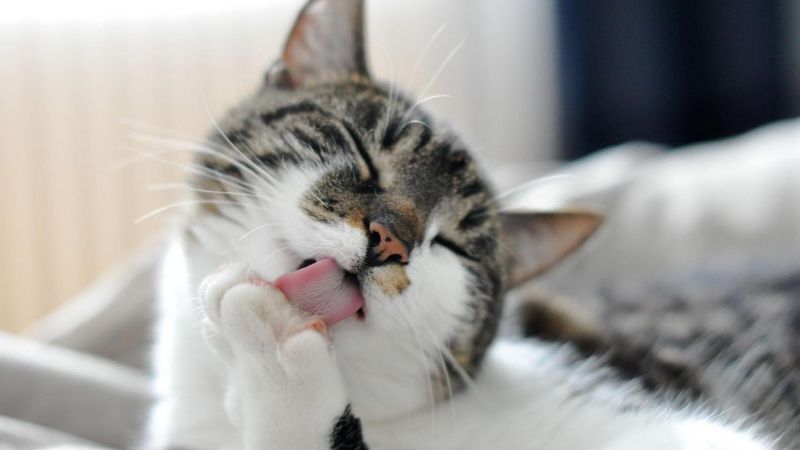
A well-groomed pet isn’t just a delight to behold; it’s often a sign of happiness and health. Cats, in particular, are meticulous groomers, spending hours ensuring their fur is immaculate. This behavior is not just about vanity; it’s a sign they’re comfortable and relaxed.
Dogs, too, appreciate a good grooming session, whether it’s a bath or a brush. It not only keeps their coat healthy but also provides an opportunity for bonding and affection. Regular grooming routines help detect any health issues early, like parasites or skin conditions.
If your pet suddenly neglects grooming, it may be a sign of distress or health problems. Always consult a vet if you notice such changes. Embrace the grooming process as a chance to pamper your pet, reinforcing your love and care. A pet that feels clean and fresh is often a happy pet, ready to take on the world with confidence and joy.
8. Curiosity and Exploration
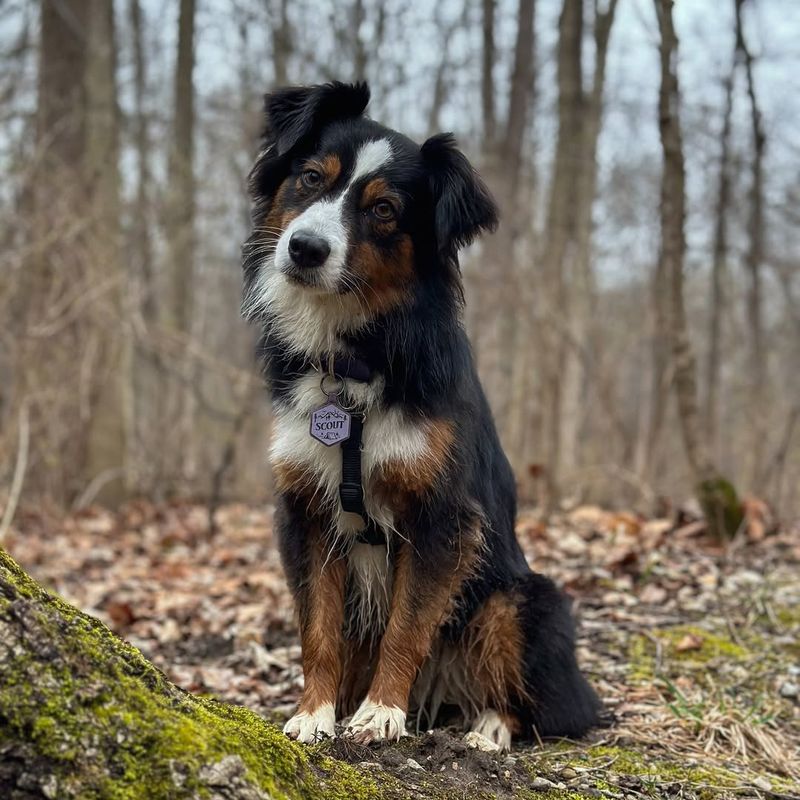
Curiosity didn’t just kill the cat; it also made the pet happy! A curious pet is often a happy and engaged one, eager to explore its surroundings. Whether they’re sniffing every leaf on a walk or investigating a new toy, curiosity is a sign of mental stimulation and contentment.
Encourage this behavior by providing opportunities for exploration. New toys, varied walking routes, and interactive games can keep their minds sharp and spirits high. Observe what piques their interest and incorporate it into their routine.
Be mindful of potential hazards during their adventures. Ensure your home and garden are safe for exploration, free from toxic plants or dangerous objects. A curious pet is often a fulfilled pet, learning and growing with every sniff and paw. So, let them explore, and who knows—you might discover a new favorite spot together!
9. Loyal and Affectionate Behavior
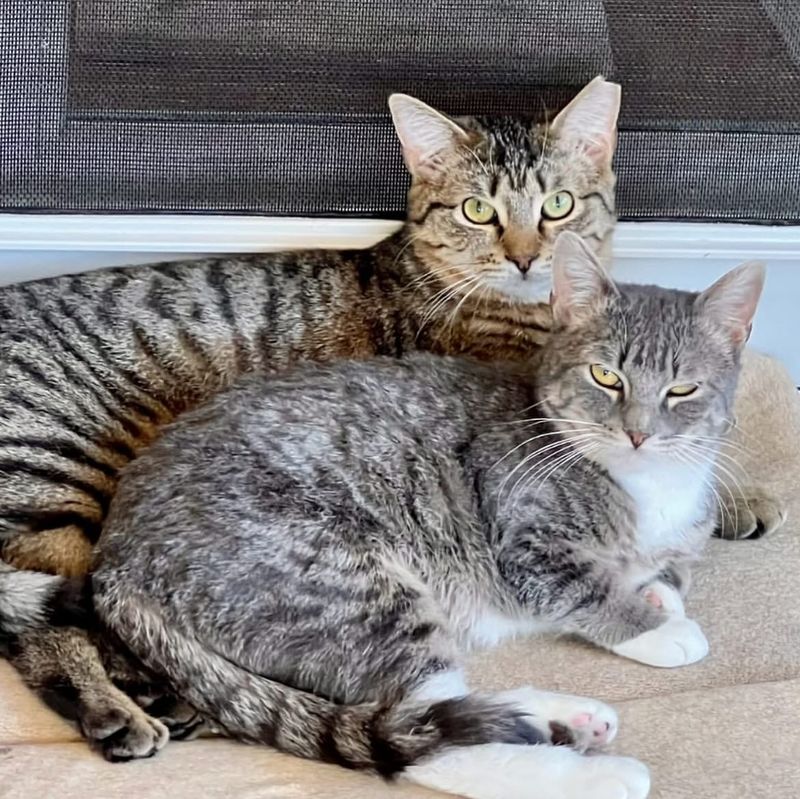
Is there anything more heartwarming than a pet’s loyalty and affection? When your pet greets you with enthusiasm or snuggles up for a cuddle, it’s a testament to their happiness and trust. Loyal behavior is a sign that your pet feels secure and bonded with you.
Affectionate pets often express their love through tail wags, purrs, or gentle nuzzles. These gestures are ways they communicate their appreciation and joy in your companionship. Encourage these behaviors by responding with love and care, reinforcing the bond you share.
Consistency in your interactions and routines can further nurture their loyalty. Pets thrive on predictability, which provides a sense of security. Celebrate their affection and enjoy the warmth it brings to your relationship.
A loyal and affectionate pet is a happy one, radiating joy and love in every interaction. So, cuddle up and cherish these moments of mutual adoration and happiness.
10. Responsive to Training and Commands
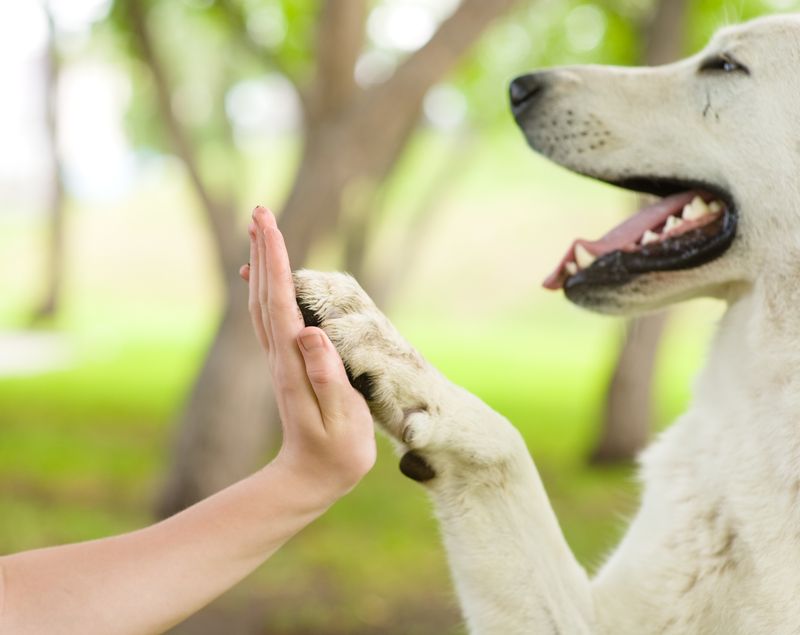
Training isn’t just for the circus; it’s a pathway to a happy and well-adjusted pet. A pet that responds well to training and commands is likely confident and content. Training provides mental stimulation and can strengthen the bond between you and your furry friend.
Positive reinforcement is key to successful training. Reward your pet with treats, praise, and affection when they follow commands. This not only teaches them new skills but also boosts their confidence and happiness.
Don’t forget to make training sessions fun! Keep them short, engaging, and varied to maintain your pet’s interest. Tailor the training to your pet’s personality and abilities, ensuring they’re challenged but not overwhelmed.
A responsive pet is a happy pet, eager to learn and please. Celebrate their achievements and enjoy the journey of growth and learning together. Who knows, you might even discover a hidden talent or two!
11. Healthy Coat and Skin
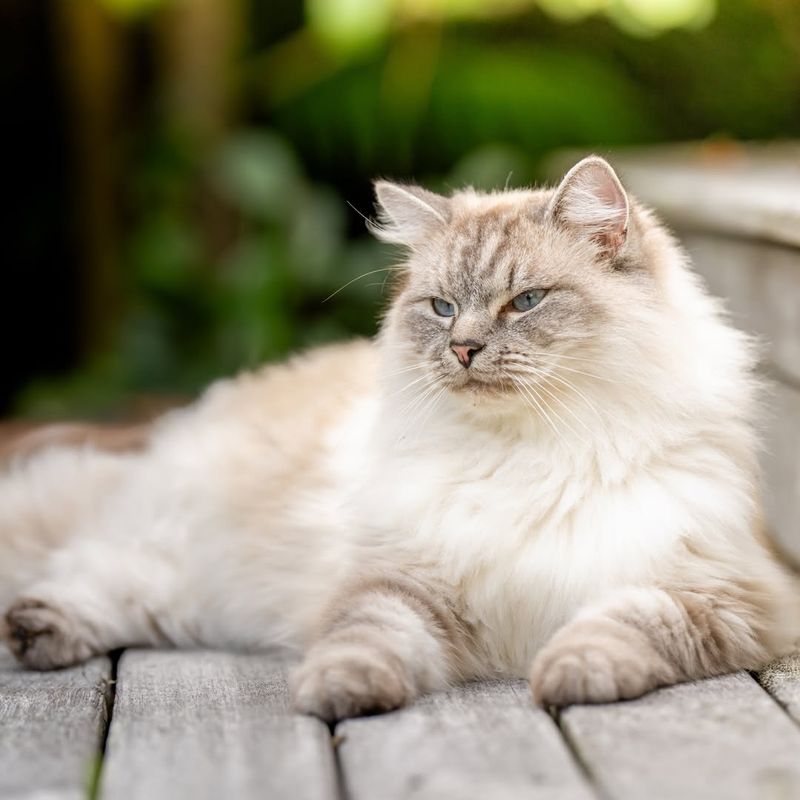
A shiny coat and healthy skin are often the hallmarks of a happy pet. Whether it’s a dog, cat, or even a guinea pig, their outer appearance reflects their inner well-being. A well-maintained coat is not only lovely to look at but also a sign of proper nutrition and care.
Regular grooming sessions can help keep your pet’s coat in top condition. Brushing removes loose hair and distributes natural oils, promoting a healthy shine. It also provides an opportunity to check for any skin issues or parasites.
A balanced diet plays a significant role in maintaining a healthy coat. Ensure your pet’s diet is rich in essential nutrients, supporting their skin and fur health. Consult your vet for dietary advice tailored to your pet’s needs.
A happy pet glows from the inside out. So, pamper them with love, care, and attention, and their shiny coat will be a testament to their happiness and health. Plus, who doesn’t love a good grooming session?
12. Contentment in Routine and Change
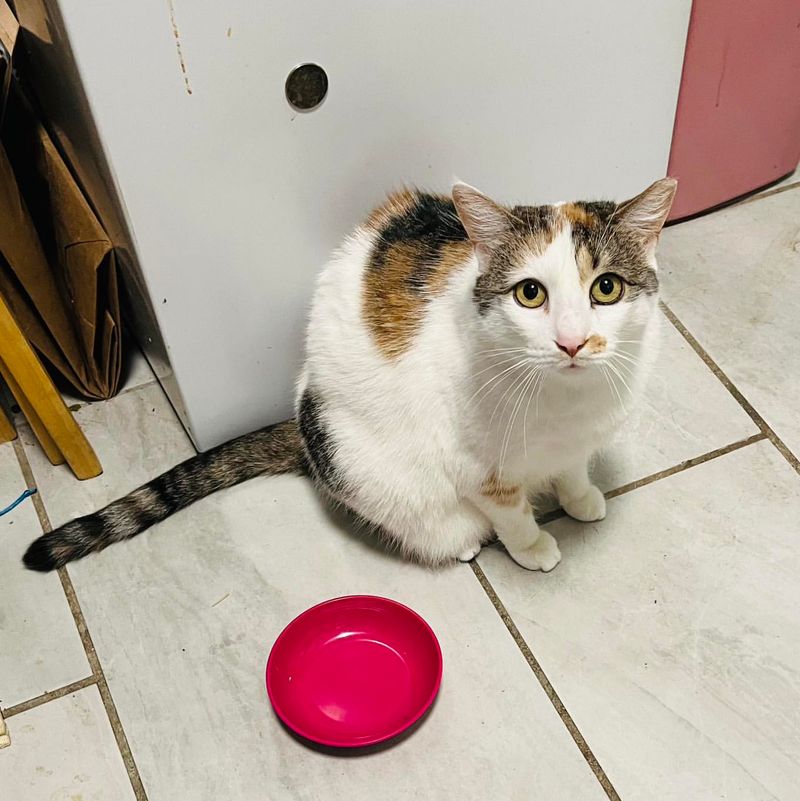
Pets thrive on routine, but a happy pet can also adapt to change without too much fuss. Whether it’s a new piece of furniture or a different walking path, content pets handle transitions with grace.
Observe how your pet reacts to changes in their environment. A calm and curious approach indicates they trust you and feel secure. Maintain familiar routines to provide stability, but introduce small changes to stimulate their curiosity and adaptability.
Balance is key. Too much change can be overwhelming, while too little may lead to boredom. Regularly observe your pet’s reactions and adjust accordingly. Encourage their adaptability by providing reassurance and comfort during transitions.
A pet that can take life in stride is often a happy one, confident in their surroundings and ready for new experiences. So, embrace change with them and enjoy the journey of life together!
13. Regular Vet Visits and Preventative Care
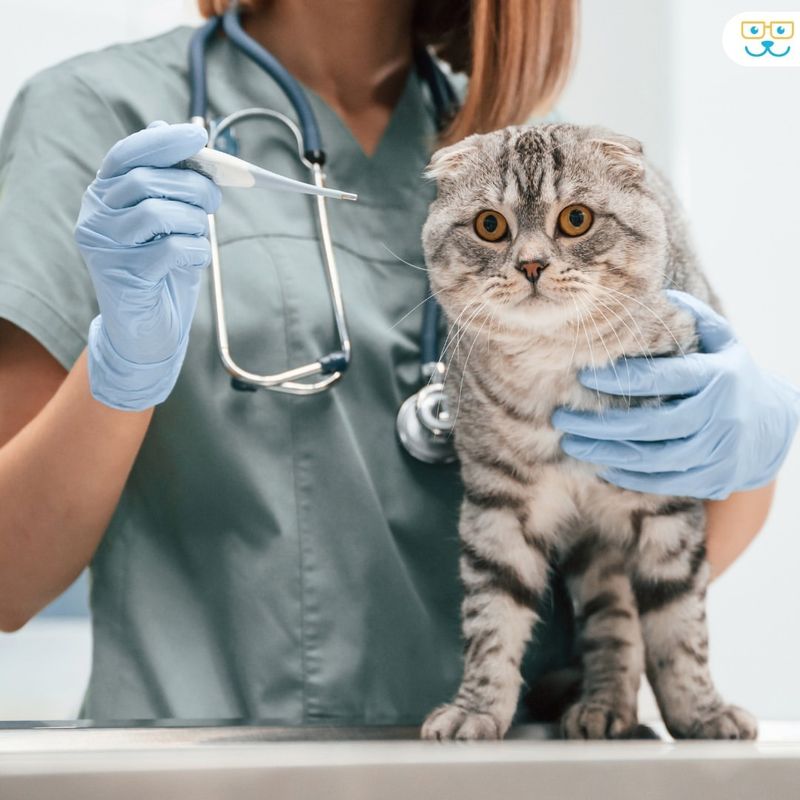
You might not think of vet visits as a sign of happiness, but a pet with regular check-ups is often a healthy one. Preventative care ensures your pet stays in top shape and catches any potential issues early.
Regular vet visits provide peace of mind for you and your pet. It’s an opportunity to address any health concerns and keep vaccinations up to date. Establish a good relationship with your vet, ensuring open communication and trust.
Preventative care extends beyond vet visits. Regular dental care, flea prevention, and a balanced diet are all part of maintaining your pet’s health. Be proactive in addressing any changes in behavior or appearance, seeking professional advice when needed.
A happy pet is a well-cared-for pet, and regular vet visits are a crucial part of that care. Celebrate their health and well-being by making preventative care a priority, ensuring many happy and healthy years together.
14. Vocal and Expressive Communication
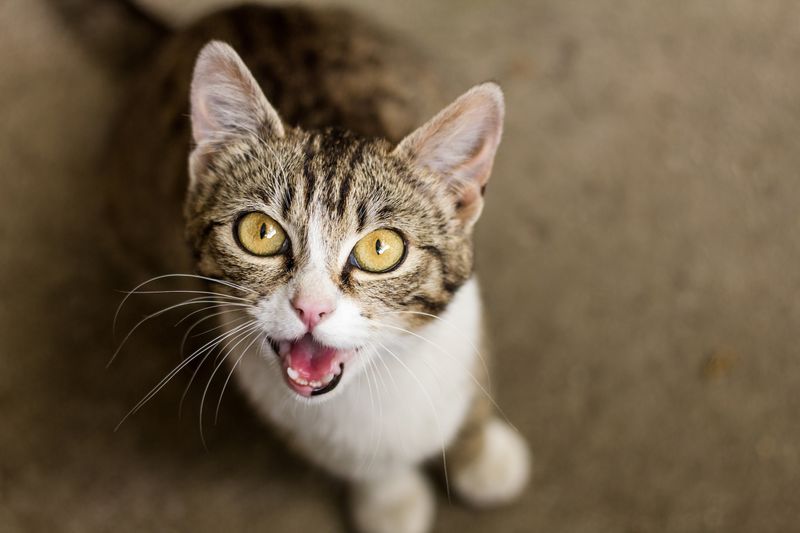
If your pet’s got a lot to say, it’s often a sign they’re happy and engaged. Vocal pets express themselves through barks, meows, chirps, or whistles, communicating their needs and emotions.
Understanding your pet’s vocal cues can deepen your bond. Listen to the tone, pitch, and context of their sounds to interpret their feelings. A dog’s happy bark differs from an alert one, just as a cat’s content meow contrasts with a demanding yowl.
Encourage expressive communication by responding to their vocalizations with attention and care. Reinforce positive sounds with treats or affection, creating an open dialogue between you and your pet.
A vocal pet is a happy pet, eager to share their world with you. Enjoy the chatter and learn their language; it’s a unique way to connect and understand each other. Who knew conversations could be so furry and fun?
15. Energetic Walks and Play Sessions
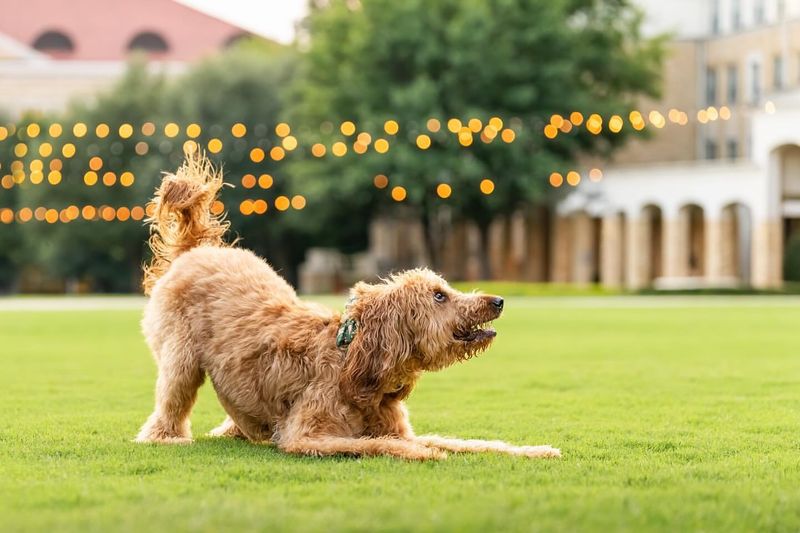
Taking your pet for a walk isn’t just about exercise; it’s a celebration of joy and companionship. Energetic walks and play sessions are signs of a happy pet, eager to explore the world and bond with you.
Observe your pet’s enthusiasm during these activities. A wagging tail or a joyful leap reflects their excitement and happiness. Regular walks and playtime keep your pet physically fit and mentally stimulated, essential components of their well-being.
Vary your routes and activities to keep things fresh and exciting. Discover new parks, trails, or games to engage their curiosity and senses. Ensure your pet’s safety during these adventures, using appropriate collars, leashes, and identification.
A pet that enjoys energetic outings is a happy one, thriving on exploration and play. So, lace up your sneakers and join them in these joyful escapades, creating memories together with every step and wag.
